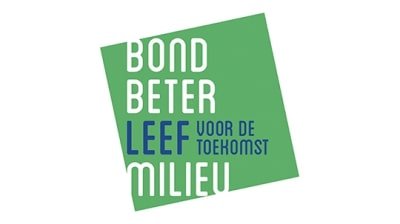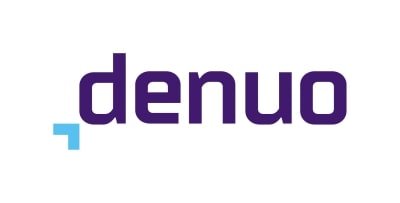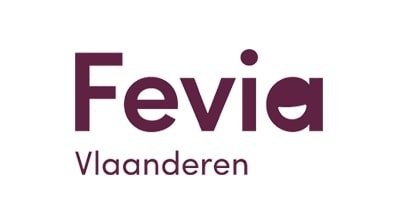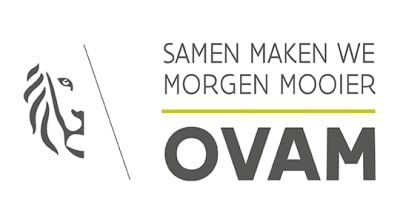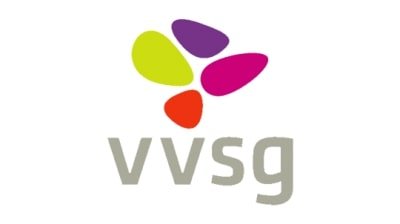Topics
We organise our actions in six thematic & strategic agendas:
Strategic Agendas:
Bio-economy
Circular Construction
Chemicals/Plastics
Manufacturing Industry
Food Chain
Water Cycles
Seven leverages provide additional support:
Leverage effects:
Lever Policy Instruments
Lever Circular Procurement
Lever Communication
Lever Innovation & Entrepreneurship
Lever Financing
Lever Jobs & Skills
Lever Research
What, why and how?
Why are we pursuing a circular economy?
Future visions 2050
How do we see our circular future?
About our management
Who steers what at Flanders Circular?
ProReMat
Recycling and reusing building materials
As a construction company, Groep Van Roey purchases a large number of building systems and products every year. Within our commitment to participate in the Green Deal Circular Purchasing (GDCA), we have the ambition to purchase two projects in a circular way.
In this context, together with the Scientific and Technical Centre for the Construction Industry (WTCB), we want to examine how we can make greater use of building materials that have already been used in our purchasing procedures, or which contain a higher proportion of recycled material than the standard products we purchase. That is why we started the ProReMat project. That stands for Procurement of Recycled and Reused construction Materials.
Our research was divided into four concrete research questions: Which alternative, circular building materials are available on the market today? Do the alternatives meet the required quality guarantees? Are the alternatives price competitive with the standard products? And which adjustments to the regulatory framework can promote the reuse of materials and the use of recycled materials?
The research questions were also tested on the basis of three concrete building projects: the new primary school in Niel, De Hoorn in Leuven and Cure in Eindhoven.
Groep Van Roey, WTCB
Sectors
Themes
Organisations
MOST IMPORTANT
RESULTS
- The screening of the circular construction market resulted in an online database of all existing providers of circular products, projects and platforms. This is a useful tool that will hopefully help various actors in the sector on their way.
- The quality of circular building materials is currently difficult to estimate. The proportion of recyclate in recycled materials is often not known and the quality of recycled material is not formally assessed.
- The cost of reverse logistics and the amortisation of the investment for the recycling process often make recycled materials more expensive than products made of virgin material. The recycling process does not yet have the economies of scale to be competitive.
- In the project report, we formulate a series of recommendations on how the policy in Belgium can stimulate more reuse and recycling in construction. We will take an active role in presenting these recommendations at different policy levels.
MOST IMPORTANT
LESSONS LEARNED
- A new role is emerging in the sector: building traders in recovered materials or urban miners. To keep their activities economically viable, they focus mainly on materials with a high value and low risk for the builder, such as natural stone. Their scope is therefore currently still limited.
- Flexibility is a basic principle in circular construction. Circular materials are limited in their availability, can rarely be reserved and rarely correspond exactly to the design. This requires flexibility from the building team and the architectural concept. Responding quickly to the supply of the moment is also crucial.
- Construction projects have a very large group of stakeholders. It is essential that everyone is convinced of the use of circular materials. That is not easy, because at the moment there is still a lot of ignorance, uncertainty and few practical examples.
- The classic way of tendering is difficult to reconcile with circularity. Tight, input-driven specifications entail many risks for the contractor, increase costs and are more difficult to achieve. There is also a need for a faster decision-making process in order to respond to the uncertain and variable supply.
WHAT DOES
THE FUTURE HOLD?
The research yielded many new insights which we will be able to share widely internally and externally in the near future, for example in our presentations at conferences on circular construction and urban mining.
Integrating reuse into Groep Van Roey's procurement procedures is not easy. However, it is our ambition to integrate the acquired knowledge to the maximum in our DBFMO tenders to put reuse and recycling at the top of the agenda with the designers and clients. The chance of success varies greatly from case to case.
Furthermore, the BBRI wants to keep the database up-to-date and make it available to Belgian construction companies.
Finally, the insights gained from this project will help the BBRI to develop a technical reference framework for reuse and recycling, which will hopefully alleviate the cold feet of contractors.


